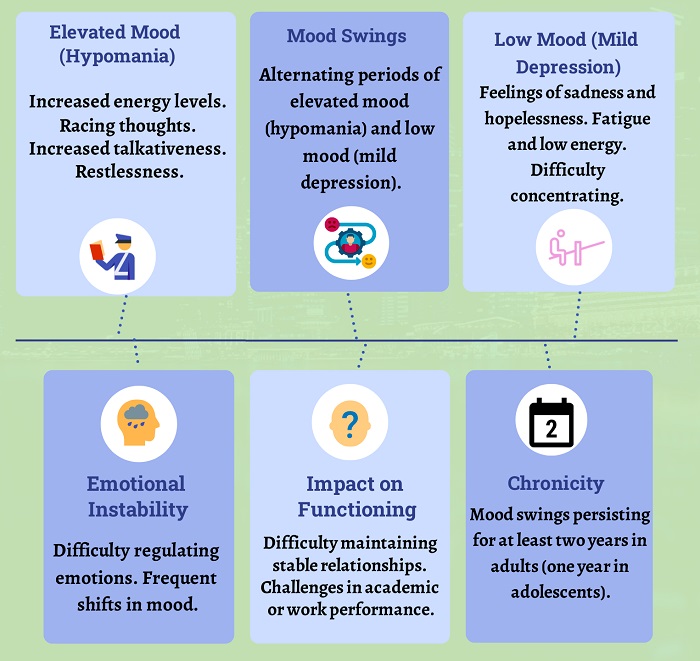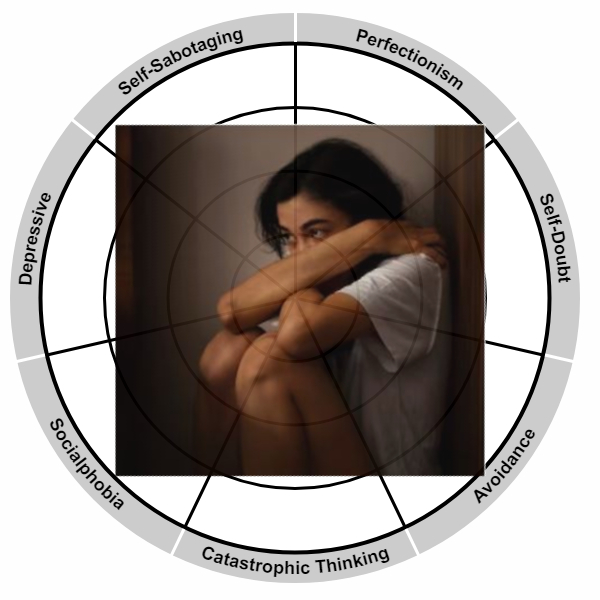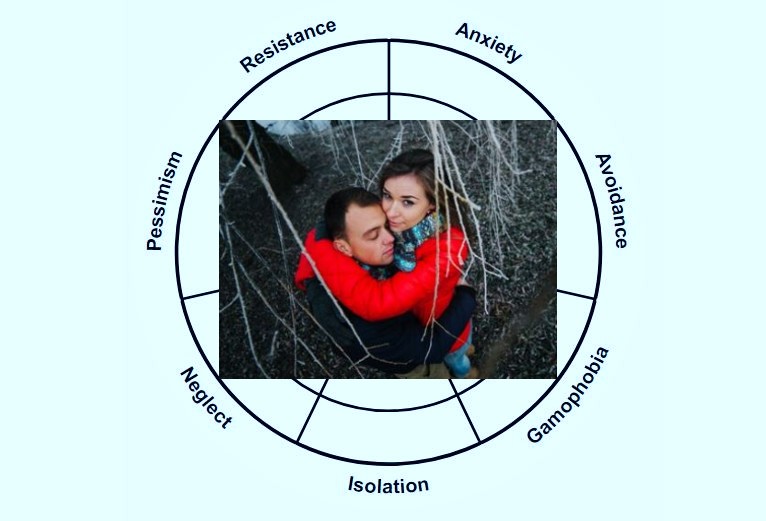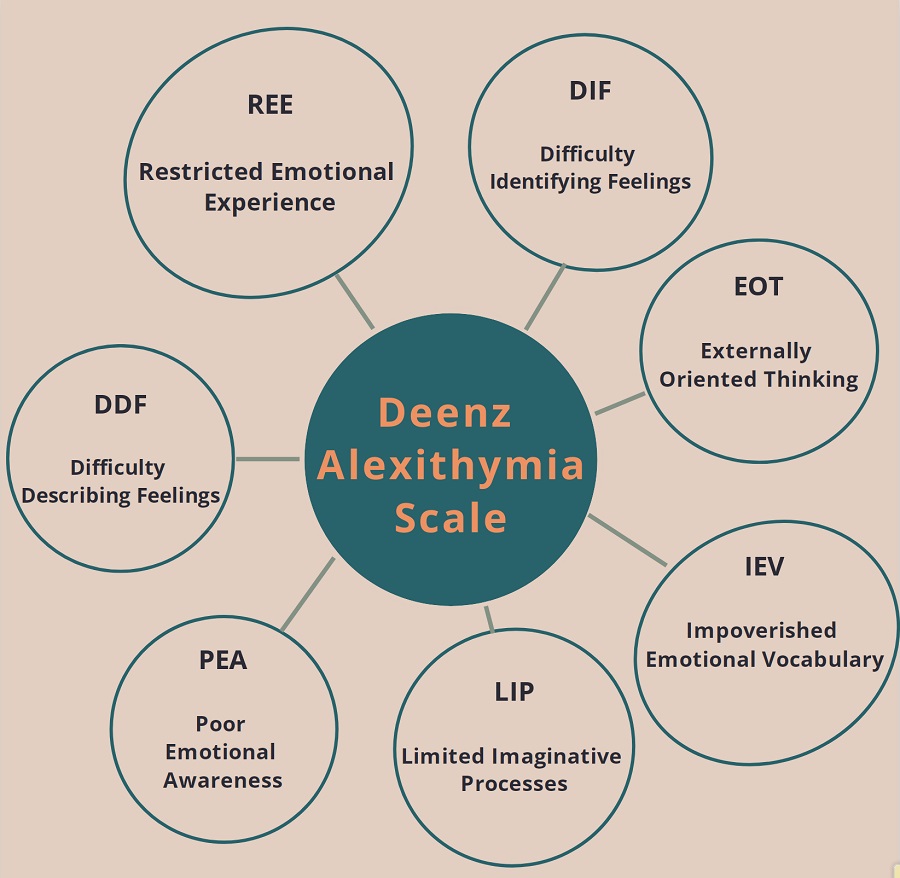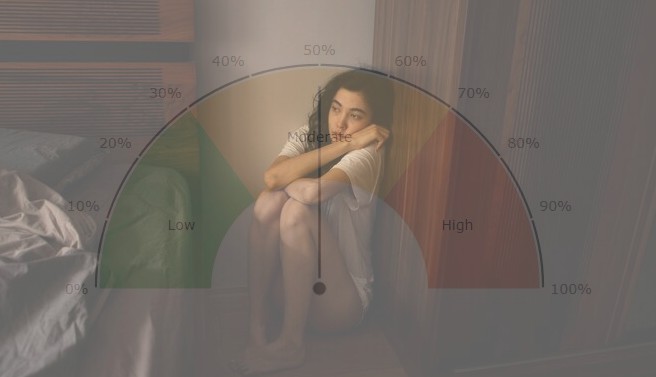Basic information | |
|---|---|
| Statements: | 20 |
| Duration: | 3–4 minutes |
| Type: | Self-assessment |
| Seminal work: | Deenz Depersonalization-Derealization Scale (DDDS-20) |
| Publishing year: | 2024 |
| Instructions: | The purpose of Deenz Depersonalization-Derealization Scale is to assess multidimensional aspects and measure tendencies to depersonalization-derealization. It consists of 20 statements related to your day-to-day experiences and behaviors, for each statement you need to indicate your level of agreement. |
The self-assessment quiz is intended for educational purposes only. No data is collected or stored for research purposes. Results provided by this quiz are based on your responses and should not be construed as medical advice.
When we face intense emotional situations or daydream, we feel a bit detached from our surroundings and feel like we are watching the event. From the clinical perspective, individuals who are experiencing depersonalization-derealization and if it is impacting the overall wellbeing, it may be considered as a mental health condition. [1] Michal, …. “A case series of 223 patients with depersonalization-derealization syndrome.”
Depersonalization-Derealization Facets:
Emotional Detachment (Depersonalization): Sometimes when bad things happen we feel a bit down and sad but in rare cases, we do not feel the sadness or normal emotional responses. This makes it difficult for us to express and respond to others, emotionally. Imagine, something good happened or you heard the good news about something that made you feel joyful, in deprivation-derealization instead of feeling the joy personally, you will feel like watching it happen to someone else. [2] Horn,…… “Emotional response in depersonalization: A systematic review of electrodermal activity studies.”
Altered Self-Perception (Depersonalization):Altered self-perception means when you feel strange about yourself or your body. Individuals with altered self-perception often feel a mismatch in their physical appearance and the way they perceive themselves. They also feel like, they are not fully connected to their body. This leads them to a distorted self-image and a sense of disorientation. [3] Ciaunica,… “Exploration of self-and world-experiences in depersonalization traits.”
Perceptual Changes (Derealization): People with Depersonalization-Derealization face difficulty in perceiving and experiencing the external world in a normal way. They feel the surroundings in a way that feels unreal, distorted, and unfamiliar. For them, colors may feel vivid and objects may seem unusually shaped. [4] Guralnik….. “Feeling unreal: Cognitive processes in depersonalization.”
Spatial Distortions (Derealization): Spatial Distortions refer to the perceptual changes related to how a person experiences and interprets spatial relationships in their environment. It involves a sense that the physical space around them is distorted or not as it should be. [5] Adler…. “Altered orientation of spatial attention in depersonalization disorder.”
You might have daydreamed and sometimes felt like strange things happen to your body. Some people may feel difficulty recalling personal memories, but people with depersonalization disorder have persistent feelings of detachment from oneself and experience emotional numbness, perceiving the surroundings as distorted and foggy.
Psychologists and mental health researchers are using several methods to diagnose and measure the impact of depersonalization-derealization disorder on social and interpersonal relationships. The best and valid method for making a proper diagnosis is the clinical interview with the mental health professional who asks patients about the history of symptoms and questions related to life experiences and behavior.
References
Michal M, Adler J, Wiltink J, Reiner I, Tschan R, Wölfling K, Weimert S, Tuin I, Subic-Wrana C, Beutel ME, Zwerenz R. A case series of 223 patients with depersonalization-derealization syndrome. BMC psychiatry. 2016 Dec;16:1-1. https://doi.org/10.1186/s12888-016-0908-4 ↩
Horn, M., Fovet, T., Vaiva, G., Thomas, P., Amad, A., & D’Hondt, F. (2020). Emotional response in depersonalization: A systematic review of electrodermal activity studies. Journal of Affective Disorders, 276, 877-882. https://doi.org/10.1016/j.jad.2020.07.064 ↩
Ciaunica A, Pienkos E, Nakul E, Madeira L, Farmer H. Exploration of self-and world-experiences in depersonalization traits. Philosophical Psychology. 2023 Feb 17;36(2):380-412. https://doi.org/10.1080/09515089.2022.2056009 ↩
Guralnik O, Schmeidler J, Simeon D. Feeling unreal: Cognitive processes in depersonalization. American Journal of Psychiatry. 2000 Jan 1;157(1):103-9. https://doi.org/10.1176/ajp.157.1.103 ↩
Adler J, Beutel ME, Knebel A, Berti S, Unterrainer J, Michal M. Altered orientation of spatial attention in depersonalization disorder. Psychiatry research. 2014 May 15;216(2):230-5. https://doi.org/10.1016/j.psychres.2014.02.021 ↩






